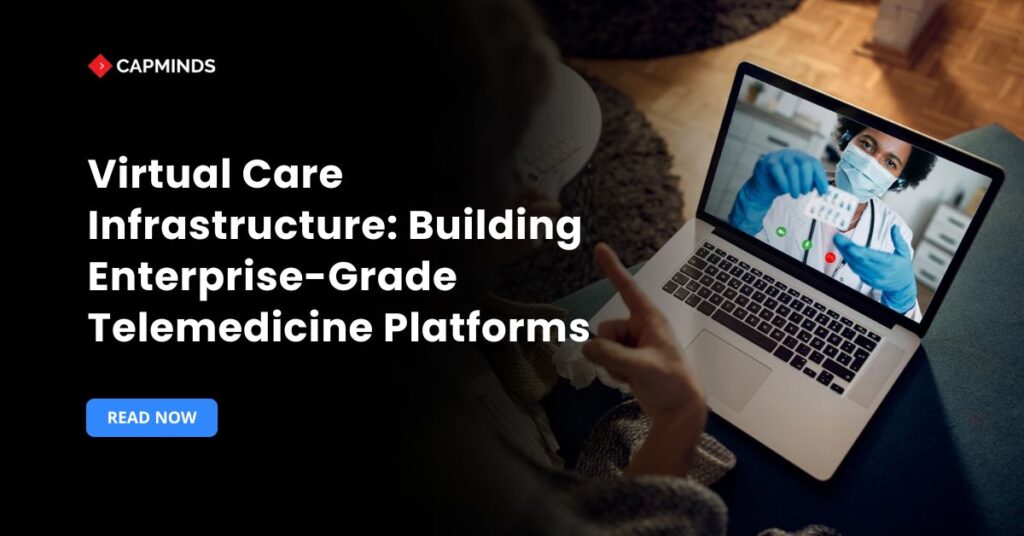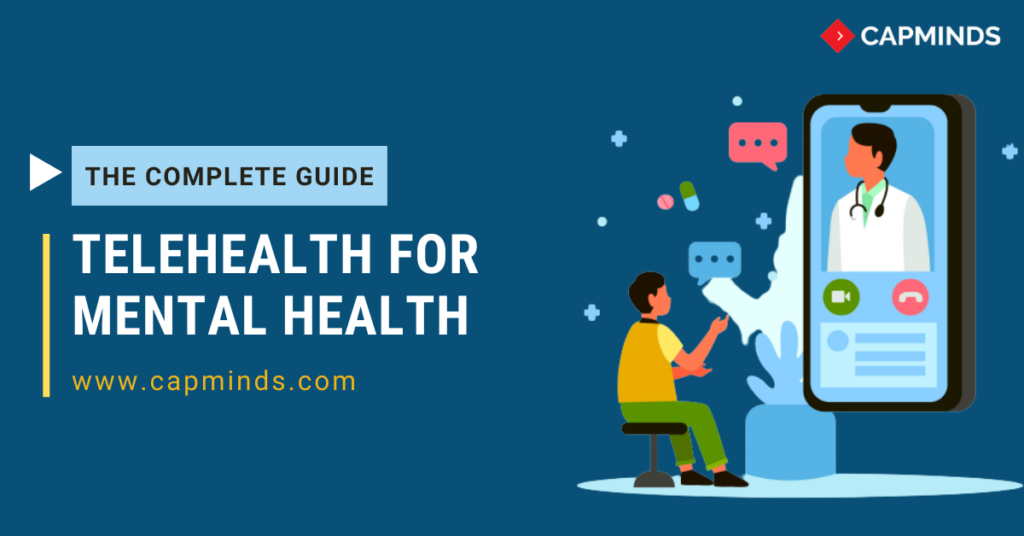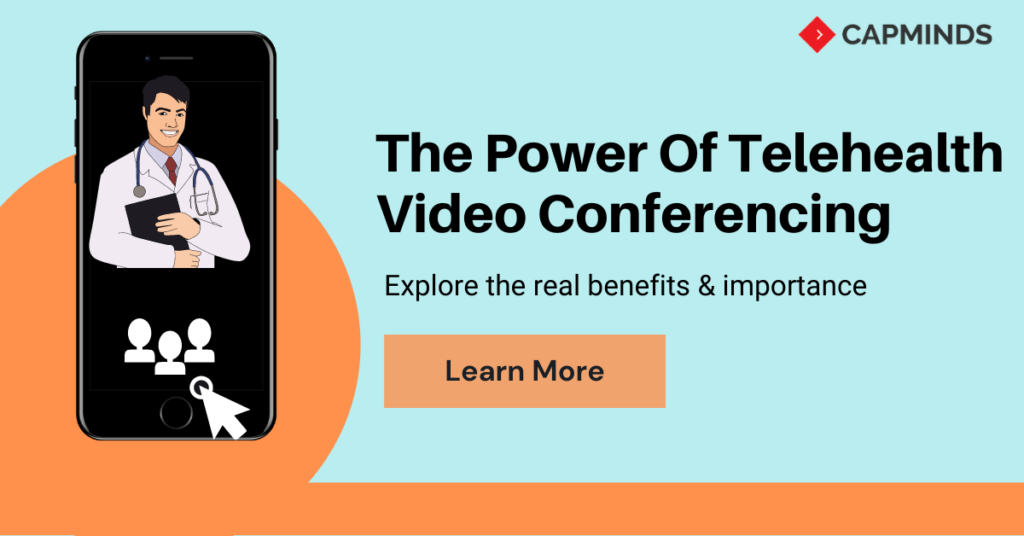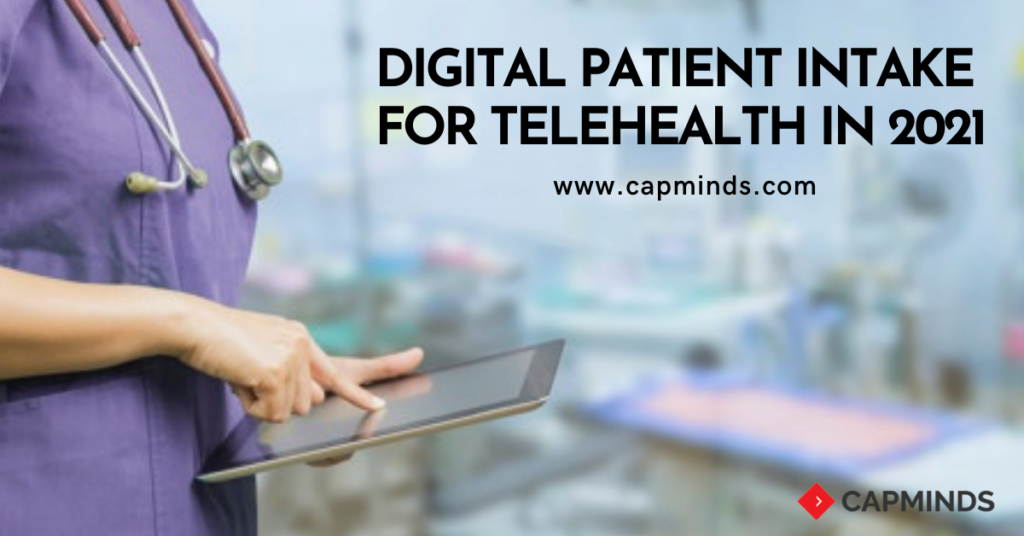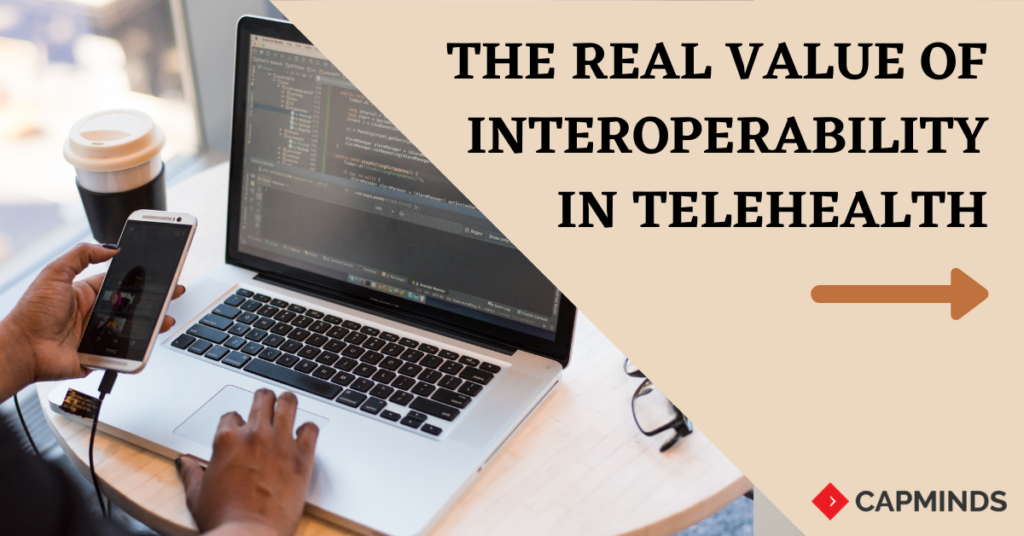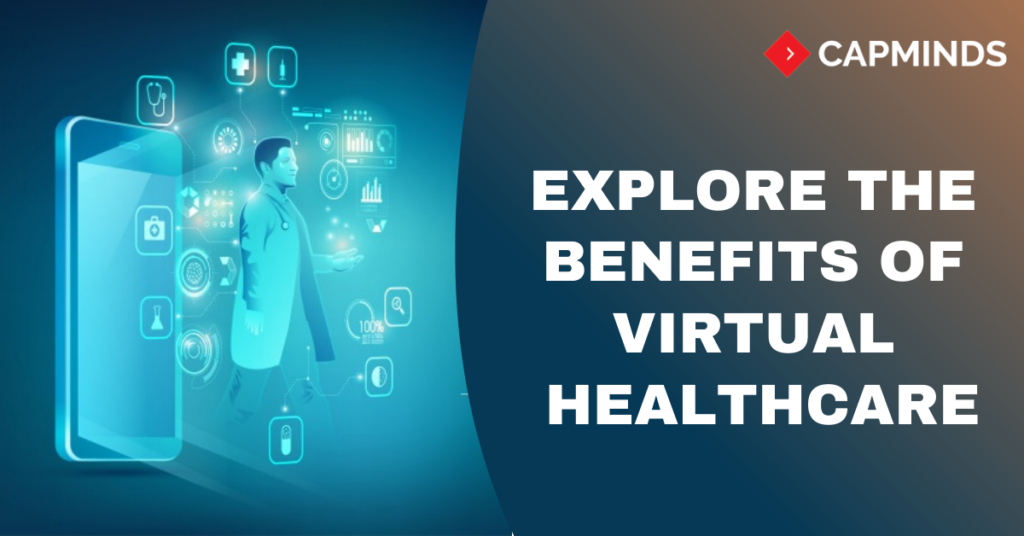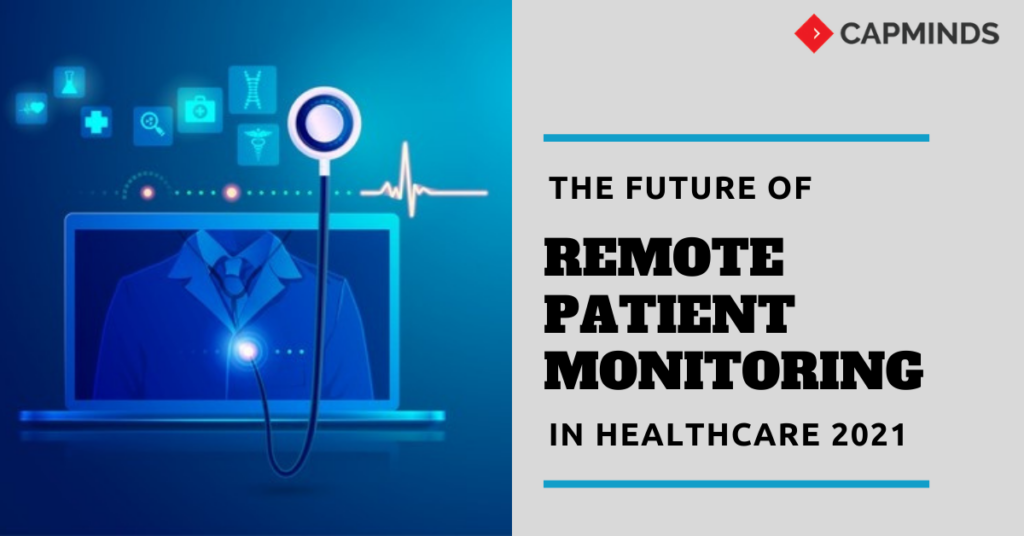Modern healthcare systems increasingly view virtual care as a strategic imperative. Enterprise telemedicine can extend care access, improve outcomes, and advance the “quadruple aim” (better outcomes, better […]
Currently browsing: Telemedicine
The Complete Guide To Telehealth For Mental Health
With the increase in telehealth services for mental health treatments during the Covid-19 crisis, most of the patients and healthcare providers are turning to virtual healthcare platforms […]
The Power Of Telehealth Video Conferencing
With the thousands of software and other platforms for people to communicate and access care remotely through telehealth services that are very popular these days, this is […]
The Ultimate Round-Up Of Telehealth Visits In 4 Steps
In response to the COVID-19 outbreak, today many healthcare practices get started with telehealth visits and started enjoying the true benefits of the telehealth platform. Are you […]
Guide To Successful Telehealth Visits For Patients
The ongoing changes in healthcare delivery during this pandemic should minimize the impact of patient surges on facilities. To do so, the healthcare systems need to adjust […]
Digital Patient Intake For Telehealth In 2025
The healthcare practices and medical clinics all across the U.S country are started adapting to the new technologies and tools to navigate the pandemic situation. With the […]
The Real Value Of Interoperability In Telehealth
As healthcare organizations continue to adopt and integrate advanced technologies into care delivery, interoperability remains to be a pillar to streamline the clinical workflow. Among all, telehealth […]
The Active Role Of RPM In Medication Adherence
Patient medication adherence is a crucial part of the healthcare sequence. Healthcare organizations and clinicians are undergoing some critical challenges to improve the rate of patient medication […]
Explore The Benefits Of Virtual Healthcare
The healthcare world is ever-changing and fighting against the pandemic COVID-19. Today, physicians and healthcare providers are presented with numerous ways to connect with their patients digitally. […]
Future Of Remote Patient Monitoring In Healthcare 2025
Everyone knows that remote patient monitoring has been gradually taking the world by storm and this technology has helped healthcare providers completely transform their industries. Thankfully, experts […]
Recent Posts
- The Ultimate Guide to Building a CDSS That Aligns With Your EHR and Guidelines
- How to Design CPOE for Maximizing Physician Adoption: What Works
- FHIR API Strategy for Health Systems: Build vs. Extend vs. Integrate
- The Enterprise Guide to Digitizing Inventory and Procurement in 2025
- Top Hospital Procurement KPIs You Can’t Track Without the Right System
Smart Healthcare IT Budgeting: From $1M to $10M+
This executive-grade guide helps enterprise buyers avoid common mistakes and allocate spending wisely.

